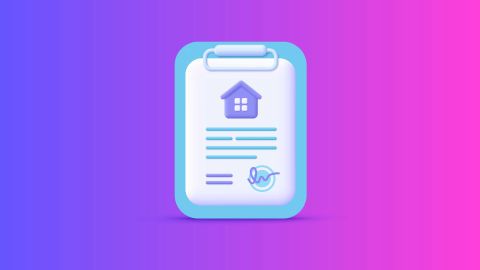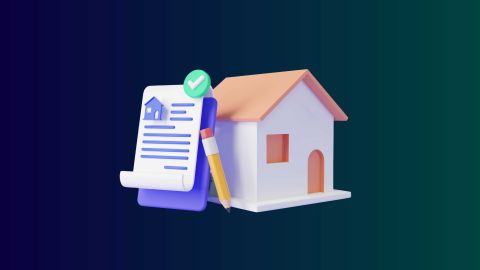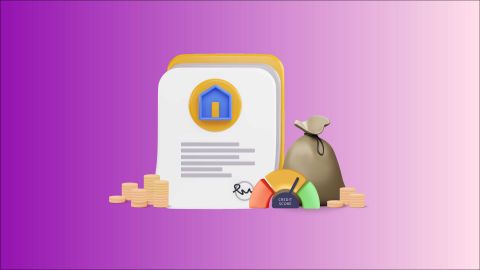A home loan subsidy is a government initiative designed to make homeownership more affordable by reducing the interest burden on housing loans. In India, the Pradhan Mantri Awas Yojana (PMAY), launched in 2015, offers such benefits through the Credit-Linked Subsidy Scheme (CLSS). This scheme provides interest subsidies to eligible beneficiaries across various income groups, including the Economically Weaker Sections (EWS), Low-Income Groups (LIG), and Middle-Income Groups (MIG I and II).
For instance, EWS and LIG beneficiaries can avail an interest subsidy of 6.5% on loans up to Rs. 6 lakh, while MIG I and II beneficiaries are eligible for subsidies of 4% and 3% on loans up to Rs. 9 lakh and Rs. 12 lakh, respectively. The maximum subsidy amount can go up to Rs. 1.80 lakh (previously 2.67 lakh under PMAY 1.0), significantly reducing the overall loan burden.
In this blog, we will elaborate on the details of the PMAY home loan subsidy, its eligibility criteria, benefits, and the application process to help you make informed decisions about availing this financial assistance.
Rs. 1.80 lakh home loan subsidy announced under PMAY 2.0 in Union Budget 2025
Prior to the Union Budget 2025 announcement, there was anticipation around the potential reinstatement of the Rs. 2.67 lakh home loan subsidy under the Pradhan Mantri Awas Yojana (PMAY). This subsidy, previously offered through the Credit-Linked Subsidy Scheme (CLSS), aimed to make homeownership more accessible for various income groups by reducing the interest burden on housing loans.
Under the earlier CLSS framework, eligible beneficiaries received interest subsidies based on their income categories:
- Economically Weaker Sections (EWS) and Low-Income Groups (LIG): An interest subsidy of 6.5% on loan amounts up to Rs. 6 lakh, with a maximum carpet area of 60 square metres.
- Middle-Income Group I (MIG-I): An interest subsidy of 4% on loan amounts up to Rs. 9 lakh, for homes with a carpet area up to 160 square metres.
- Middle-Income Group II (MIG-II): An interest subsidy of 3% on loan amounts up to Rs. 12 lakh, applicable to homes with a carpet area up to 200 square metres.
The CLSS was discontinued for MIG categories in March 2021 and for EWS/LIG in March 2022.
However, in a significant boost to the affordable housing sector, the Union Budget 2025 has reintroduced the Credit-Linked Subsidy Scheme (CLSS) under the revamped Pradhan Mantri Awas Yojana – Urban 2.0 (PMAY 2.0). The updated scheme now offers a home loan interest subsidy of up to Rs. 1.80 lakh for eligible beneficiaries, aimed at making homeownership more affordable for low- and middle-income households.
The scheme is targeted at individuals from the Economically Weaker Sections (EWS), Low-Income Groups (LIG), and select Middle-Income Groups (MIG). This subsidy will be provided as an interest discount on eligible home loans, directly credited to the borrower’s loan account, effectively reducing the outstanding principal and monthly EMIs.
Here are the key features of PMAY 2.0 – CLSS (Budget 2025 update):
- Maximum interest subsidy: Rs. 1.80 lakh
- Target beneficiaries: EWS, LIG, and select MIG applicants
- Objective: Promote homeownership and address urban housing shortages
- Applicable loans: Loans availed for purchasing, constructing, or enhancing homes in urban areas
This announcement forms part of the government's larger vision to provide one crore urban homes over five years, with a renewed focus on affordability, sustainability, and ease of financing. By reducing the financial burden on first-time homebuyers, the updated CLSS is expected to increase housing demand and support the real estate sector's recovery.










